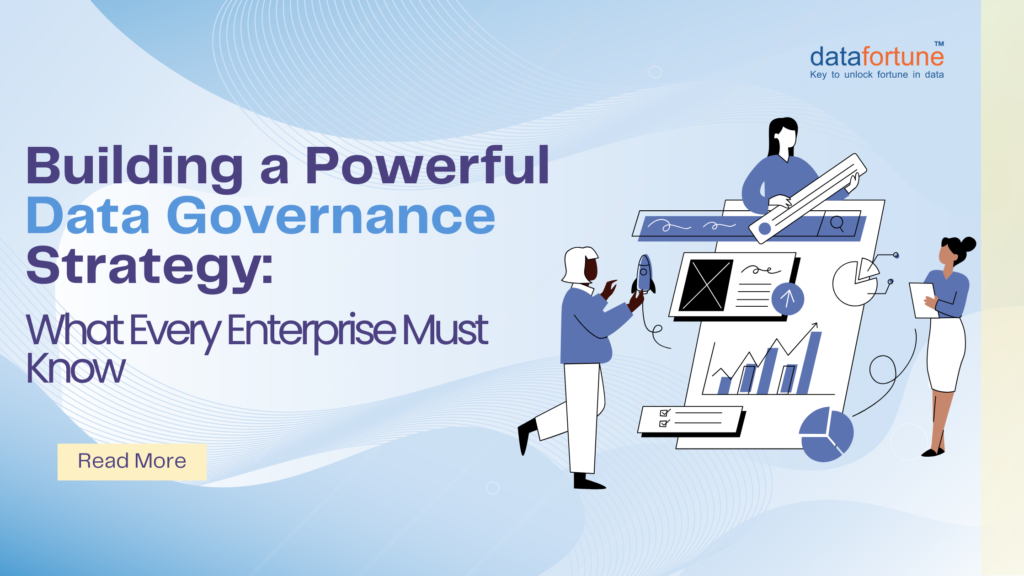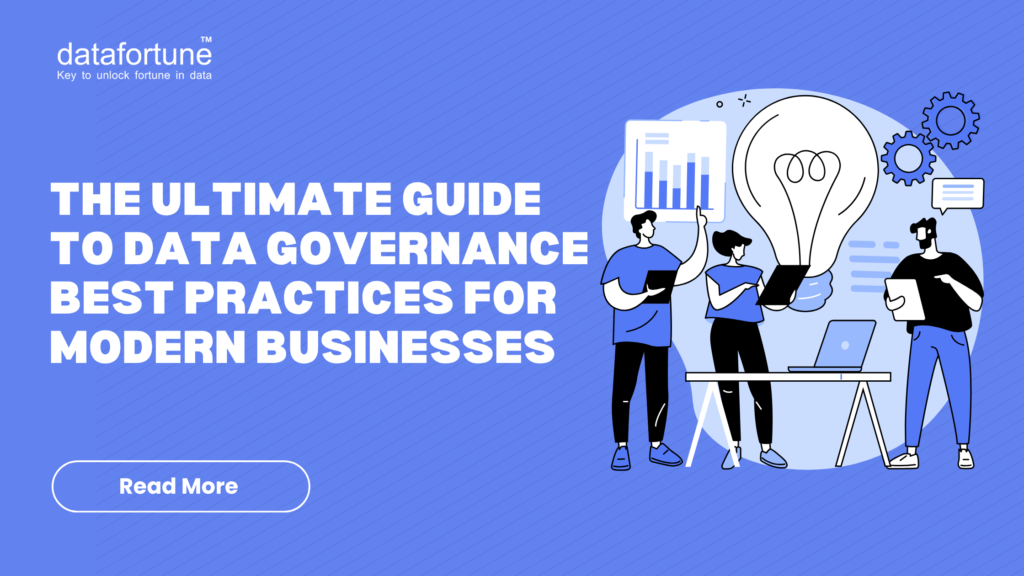Every Monday, something amazing happens at JPMorgan Chase. Their risk team pulls up their dashboard to sift through 27 million credit card transactions from the week before. Sounds perfect right? But, just 3 years ago. This huge task would have burned through 360,000 legal hours every year. That’s a small group of lawyers working around the clock! But now? The entire thing wraps up in seconds. You might be wondering what suddenly changed everything. Well, they’ve this advanced automation system that reads every single contract clause and instantly flags risky transactions. Modern organizations are leveraging AI and machine learning to transform their everyday operations. Stick through the complete guide and discover how exactly these companies are making it happen.
The Transformational Power of AI/ML in Existing Applications
-
- Hyper-personalization at scale- A leading streaming platform generates 80% of its viewing decisions through recommendation models that learn from billions of user interactions, creating uniquely tailored experiences for each subscriber.
-
- Proactive uptime– Heavy machinery manufacturers use predictive maintenance models that reduce equipment downtime by 45% and lower service costs by 25%, transforming sensor data into early-warning systems.
-
- Real-time risk management– Logistics companies now save millions in fuel costs annually by using machine learning to optimize thousands of delivery routes daily, adapting to traffic patterns and weather conditions in real-time.
-
- AI-augmented finance– Modern finance platforms integrate time-series ML to forecast supply-chain and workforce costs, enhancing planning accuracy for multinational operations.
Noticed the pattern here? Companies are not throwing out their existing systems. Instead, they are adding advanced API calls, model endpoints, real-time scoring services that redefine static historical data into dynamic, predictive powerhouses.
Advantages of AI/ML Integration
The integration of AI/ML is transforming how businesses operate across every industry you can think of. We’re talking about real, measurable impacts that go way beyond simple automation.
The Productivity Revolution
Organizations using AI/ML solutions are seeing task completion times drop by 60% across 18 different work activities. 75.7% of desk workers say they’re significantly more effective when AI tools are integrated into their daily workflows. We’re not just talking about working quicker, but teams are tackling more complex challenges while actually improving quality.
The Money Talk
Want to know what really gets executives excited? Enterprise ML deployments are delivering 189% to 335% three-year returns on investment. That’s not just exceptional but game-changing. Most companies see their investments pay off within 12 to 18 months, making this one of the smartest tech bets you can make.
Revenue Growth through Smart Personalization
Retailers are witnessing a 20% increase in conversion rates via advanced recommendations engines that actually understand what customers want. These systems evaluate huge amounts of data in real-time to provide experiences that feel genuinely personalized.
Operational Wins Everywhere
From legal automation saving thousands of lawyer hours to predictive inventory systems preventing costly overstock situations, AI/ML is redefining operations across the board.
AI/ML Integration Journey Step-by-Step
- Frame the Value Question
Map pain points to business KPIs such as churn, cart abandonment, chargebacks, field services costs. Prioritize use cases where incremental prediction drives direct financial upside. For example: fraud detection that lowers loss rate by 0.1%
- Audit and Engineer the Data
List all your data sources and fix quality issues. 80% of ML delays occur due to missing or messy data. Build a feature store or data mart that lives close to the transactional system to minimize latency.
- Select or Develop the Model
Start with proven blueprints like fraud detection, collaborative filtering, gradient boosting, etc. Sharpen your own data, AutoML tools shorten experimentation cycles by 30-40%.
- Wrap the Model as-a-Service
Containerize Docker/Kubernetes, expose scoring endpoints through REST or gRPC. Implement canary releases and route 5% of production traffic to the model, verify lift, then roll out.
- Integrate the Intelligence into the Product Experience
For a commerce site, surface top-N recommendations. For a banking app, show a fraud alert or frictionless approval. This is where the development process becomes crucial, and understanding how Agentic AI is reshaping the future of software development can provide valuable insights into building more autonomous and intelligent systems.
- Monitor, Govern, and Iterate (MLOps)
Monitor your AI models constantly for changes in performance, speed, fairness, and explainability. Set up automatic retraining schedules. Shipping companies retrain daily when routes change, and banks retrain hourly with new transactions. Always have humans review unusual cases and regulatory requirements.
Challenges in Integrating AI and ML in Existing Applications
|
Challenge |
Impact |
Mitigation Tactics |
|
Data Quality and Availability |
Models trained on noisy or biased data degrade quickly, leading to costly wrong predictions |
Implement data-profiling pipelines. Use synthetic data-augmentation for sparse segments |
|
Talent Gap |
AI engineers remain scarce. 30% of firms still stuck in experimental phase for luck of skills |
Upskill domain experts. Partner with AI platforms and consulting studios. Leverage pre-trained foundation models |
|
Legacy Stack Integration |
72% of deployment issues involve incompatible languages or monolithic architectures |
Use micro-service adapters, message queues and feature stores to decouple ML from legacy code |
|
Governance Ethics and Regulation |
EU AI Act and U.S. AI Bill of Rights demand transparency and bias control |
Adopt model-cards, fairness dashboards, and data-provenance logs. Maintain audit trails |
|
Model Drift and Monitoring |
Customer behavior changes invalidate predictions. Unfair outcomes risk brand damage |
Real-time drift detectors. Auto retraining. Human override paths |
|
Cost Management |
Training large models can exceed compute budgets. Azure TEI success assumes controlled scaling |
Use serverless inference, quantization, and distillation. Pick ROI-justified model sizes |
Best Practices for Successful Integration
- Treat AI as a Product, not a Project
Long-lived roadmaps, sprint cadences, and success metrics align teams around continuous value delivery, not one-off experiments.
- Start Small, Scale Fast
Logistics companies began with single depots; once routing optimization showed double-digit fuel savings, they scaled thousands of routes. Pilot first, measure lift, automate deployment, then expand.
- Build a Reusable MLOps Fabric
Automated CI/CD for data and models—versioning, testing, and rollback—reduces integration friction by 40% and accelerates future use-case delivery.
- Merge Domain Experts with Data Scientists
Fraud analysts, merchandisers, or procurement managers supply context that algorithms alone cannot, ensuring relevant features and interpretable outputs.
- Design for Explainability
Financial institutions provide clause-level highlights; finance platforms surface natural-language narratives for executive reports. Explainability builds trust across stakeholders and regulators.
- Align Security & Privacy from Day One
Encryption at rest and in transit, differential privacy when retraining on sensitive data, and stringent access controls reduce breach risk and ensure compliance.
- Measure What Matters
AI KPIs must map to business value—fraud dollars saved, lift in average order value, or days-sales-outstanding, not just technical metrics.
Conclusion
Streaming platforms may keep us binge-watching, and financial institutions may scan contracts faster than armies of lawyers, but the deeper lesson from 2025 is simpler. AI/ML integration works best when it quietly slots into the everyday software that runs a business and elevates it from reactive transactions to proactive intelligence. Leaders who define clear value targets, invest in clean data, implement robust MLOps, and uphold ethical guardrails will convert ML from a flashy demo into durable profit. Those who don’t may find their Monday mornings still chained to manual reviews while AI-powered rivals innovate at machine speed. The roadmap is in your hands. Where will you embed intelligence first? Ready to transform your operations with AI/ML integration? Contact Datafortune today and let’s build your intelligent future together.



